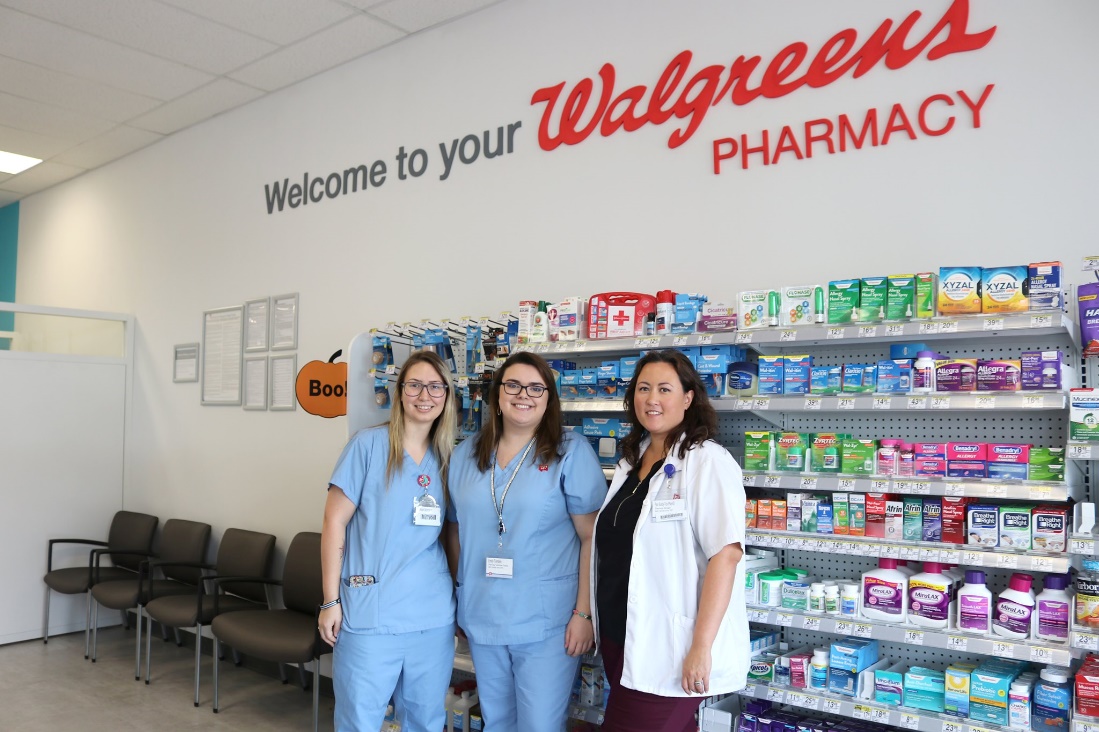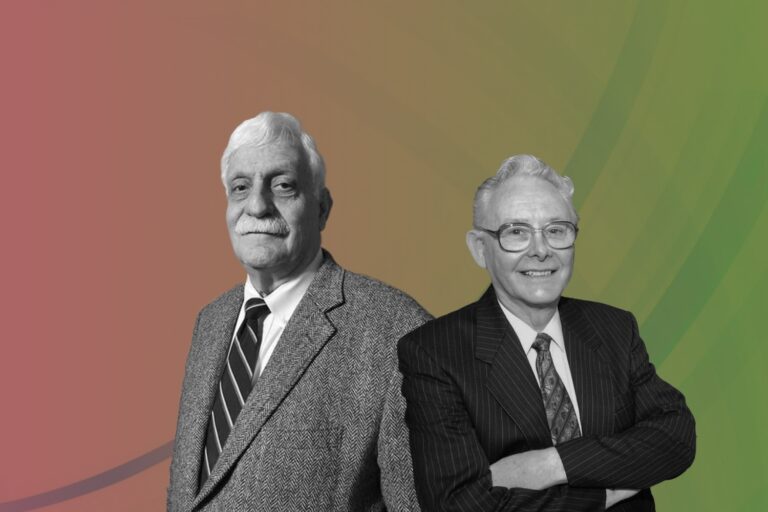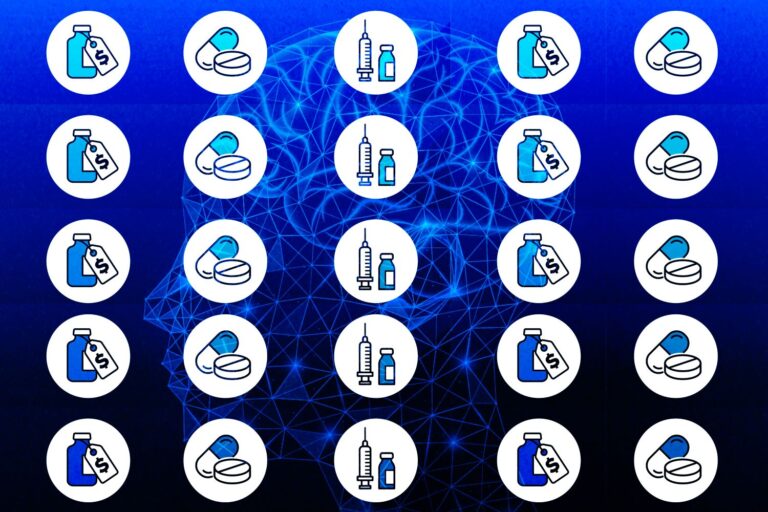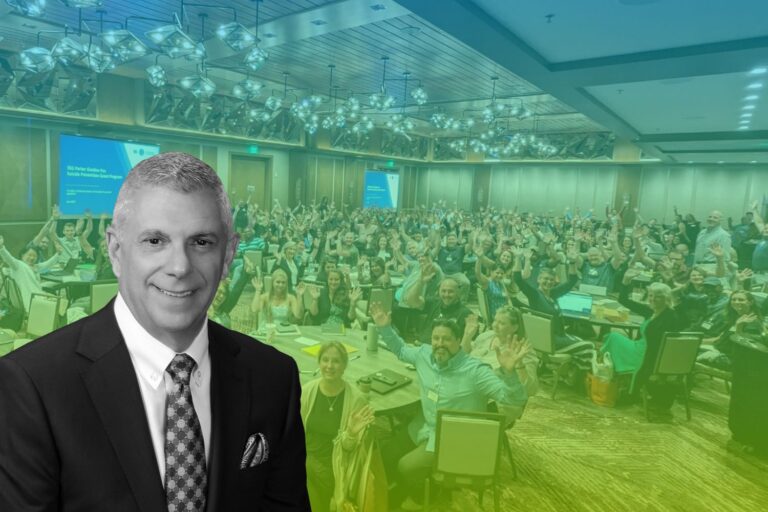How Walgreens Is Building Its Empire of Customer Services?
Founded in 1901, the Walgreen Company, as known as Walgreen’s, is the second-largest pharmacy store chain in America, behind CVS Health. Behind this title is a long story.
Back to December of 2014, Walgreens and Alliance Boots finished their strategic merger. The new partnership gave birth to Walgreens Boots Alliance. Inc, the world’s first global health and wellness company founded and headed by a drugstore. The combination of these two organizations brought together two renowned brands, as well as similar principles and a history of providing dependable health care as both organizations have a combined 100 years of patient and customer care experience.
Walgreens offers a wide range of items and services, including photo services, health and wellness, cosmetics, greeting cards, and gifts, in addition to medicines. However, Walgreen’s is popularly regarded as a pharmacy.
Walgreens, in fact, employs over 80,000 healthcare professionals, including pharmacists, pharmacy technicians, and nurse practitioners. This is all part of their aim to be the finest pharmacy-led health, beauty, and well-being shop in the United States. Walgreens’ mission is to assist in the realization of everyone’s right to be well and happy.
The company has a turnover of around $140 billion and provides over a billion prescriptions each year, accounting for one-fourth of the pharma industry – which are impressive numbers. How can Walgreen’s get those achievements? Are there any secrets behind its success?
Core Value in Operation
Walgreens (WBA) recently announced excellent fiscal results and raised its profits growth forecast for 2021.
This is based on various encouraging indicators: strong performance, better-than-expected pharmacy margins, solid cost management, vaccine tailwinds, and a lower-than-expected tax rate. Let’s discover what contributes to those winning.
Competitive Power Comes from Cost Advantage
Walgreens takes use of its size to promote convenience. This company operates over 9,000 domestic stores in all fifty states, including the District of Columbian, the Virgin Islands, and Puerto Rico, all of which are carefully situated in high-traffic regions and produce over $13 million in revenue each store. The pharmacy, which accounts for about three-quarters of income and is the primary source of visitors, is the company’s core operation.

Walgreens’ management has been concentrating on using its massive size to develop strategic relationships in order to boost traffic and cross-sell opportunities. More specifically, the company’s size helps it to form connections with both suppliers and consumers, which causes its dispensing over 1 billion modified prescriptions each year.
Scale also allows the company to leverage fixed costs (pharmacist and rent) more effectively than subscale peers.
Collaboration Is Crucial
Walgreens has intentionally disclosed pricing information through strategic alliances in order to increase transparency, boost traffic, and negotiate payer agreements as well as cross-selling opportunities.
One such partnership is with Prime Therapeutics to form AllianceRx, the third-largest specialty provider. This arrangement has complemented the focus on limited-distribution drugs and specialty drugs, key drivers in overall drug spending. Through this partnership, Walgreens won a sizable specialty contract with Blue Cross and Blue Shield Federal Employee Program away from incumbent CVS.
Besides, Walgreens also has close relationship with proprietors and real estate investment trust. This is especially important as the company leases most locations and many of its 15- to 25-year leases will need to be renewed in the near term. Reasonable negotiated rates can save this company a great amount of money.
What Does Walgreens Do for the Future of Customer Experiences?
Consumers today want their shopping experiences to be faster, better, and simpler than ever before. To meet the need in growing consumer expectations, marketers must commit to putting the needs of their customers at the heart of everything they do. Here are two ways Walgreens may fulfill its mission.
Timely Customers Assistance
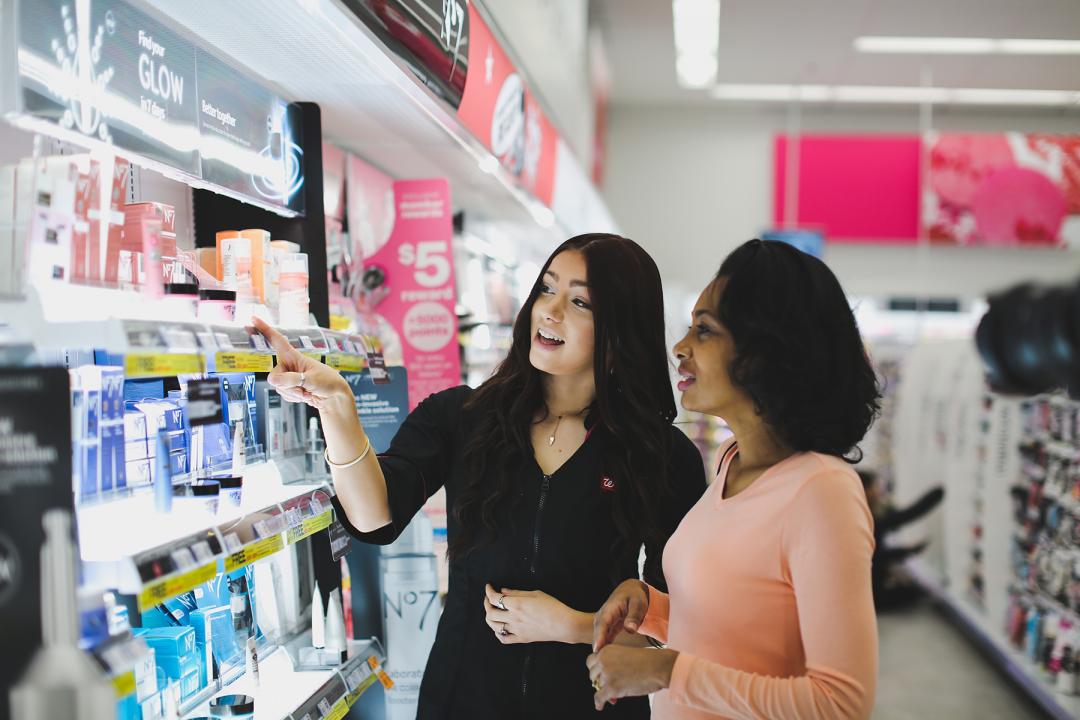
Walgreens strives to satisfy consumers’ everyday needs wherever they are, whether in-store, at home or at work, or on a tropical vacation. Increasing the value of their connection with individual pharmacists and employees is one efficient method to achieve this. This business decided to replicate that connection digitally so that customers may get a high-value, customized experience even if they can’t make it into a store.
We can see this clearly in Pharmacy Chat – Walgreen’s app, which gives consumers access to trusted professionals at any time of day or night, wherever they are, via its website or mobile app.
This company also invests heavily in assistive technology to improve the shopping experience for customers visiting its stores. Realizing the key insight from shoppers that they are often overwhelmed by the variety of products offered in stores, it partnered with WebMD and created Relief Advisor.
How does it work? By providing consumers a couple of questions, and within seconds, this app can recommend products to best fit their specific needs.
It is also initiative-taking to create relevant, frictionless experiences applying to its outward messaging and media channels. By trying to analyze and understand what its customers search for via Google—such as specific product offerings or nearby store information—this company can show up where and when they need it, to help bridge the gap between online and offline.
This strategy is effective. Walgreens values customers who shop in-store and on mobile 6 times more than those who just buy in-store.
Consumer Need Prediction
One of the brand’s commitments is to always provide the most convenient and pleasant service to each and every customer. That’s why it conducts preliminary research and invites clients to see its facilities so that it can better grasp their unique requirements and pain points. By leveraging these customer insights, it can solve real problems easier.
“For example, we saw that a key point of friction was within the checkout process. So, we became one of the first retailers to link our loyalty program with Android Pay. Now customers can find, and clip digital coupons anytime, anywhere and seamlessly apply their loyalty benefits when they pay through their phone.” Said Chief Digital Marketing Officer of Walgreens Boots Alliance, Deepika Pandey.

“We provide our in-store Beauty Advisors with tablets so they can make meaningful, data-driven recommendations based on customers’ interests, intent, and past purchases.” – She added.
What can be concluded in this strategy?
It is obvious that all the above Walgreens’ technological innovations have one thing in common: They’re conceived from our customer’s needs. In the other word, that consumers’ experience is the motivation for company to innovate. Technology should be inspired by great user experiences, not the other way around. That is also the key point at Walgreens – because everything here is customer-led.
It also has weekly forums with leads from different teams to debate consumer research, exchange ideas, and push each other, all with the common aim of delivering better products and experiences for its consumers. Despite the distractions, its marketers must keep their staff focused on one purpose.
Walgreens Omnichannel Prescription for Success
There are more ways than ever for customers to interact with businesses nowadays: wearables, smartphones, tablets, fitness trackers – not to mention social media, email, and instant messaging. They want brands to provide a consistent experience across all platforms.
They also expect the digital experience of a retailer to be seamlessly synchronized with what they find when they actually set foot in a physical store. For example, according to a Nielsen poll, 60% of customers looked online before making an in-store purchase, compared to only 51% who did the opposite – that is, explore in-store and then buy online. Accenture also published data showing that 88 percent of customers explored electronically but purchased physically, while 73 percent browsed physically and purchased virtually.

The modern retailer is faced with an almost daunting challenge of determining how best to interact consumer, who is now available via an almost infinite array of channels. The successful merchant can no longer choose between one channel and another for engaging with customers – all must be used, and in certain cases, all must be combined.
According to Tim McCauley, Sr. Director, Mobile Commerce, omnichannel Walgreen’s customers spend 3.5-6x more than in-store-only customers – but how do they do it?
Adam Pellegrini, Vice President of Digital Health at Walgreens, calls it their “connected health strategy.” “Omnichannel digital health means that our customers should be able to go online, offline and back online again to a mobile phone, to a tablet, to a phablet. And that experience should be seamless, and it should be cohesive,” said Pellegrini.
Walgreens’ mobile and omnichannel solutions are inextricably linked to the services and goods it offers as well as the brand’s broader health message to create convenient, seamless virtual care experiences. Its omnichannel approach is centered on providing value to the consumer experience.
Prescription Refills
The pharmacy at Walgreens accounts for a substantial percentage of the company’s revenue, with prescription refills accounting for much of the recurring business. Besides going into an actual store and order it the good old-fashioned way, customers of Walgreens can now either use the Walgreens app on their smartphone to generate the refill prescription as well as pay for them.
Photo Prints
One of Walgreens’ most successful sections has always been picture development and photo finishing. However, consumers are taking less photographs each year as a result of the proliferation of digital cameras, at-home photo printing, and advancements in Internet technology.
Walgreens has made a number of steps to stay relevant, including adding a direct link from its home page to its photo processing site, wphoto.com, and collaborating with Snapfishco to expand its photo services. It can be achieved both in-store, on the Walgreens website, and via the Walgreens app.
Digital Geofencing Loyalty Programs
Walgreens, like many other retailers, allows consumers to earn and spend points – are stored on the customer’s Walgreens app – based on their purchases. However, customers found it inconvenient when they have to open up the app whilst in-store.
The introduced geofencing solves this barrier. Consumers will receive a notice, which remind them of rewards card and list of coupons, when they are near a Walgreens. By this way, they will know which coupons they’ve already saved, as well as new ones available.
Fitness Rewards
With a view to demonstrating its dedication to its customers’ health, Walgreens allows them to earn bonus points for their fitness progress measured by a health gadget such as the FitBit tracker. This not only adds to the social worth of the company but also is a wonderful way to omnichannel sales and marketing.
Virtual Doctor Appointments
In 2013, Walgreens launched its Pharmacy Talk function as part of its telehealth platform, which allows consumers to chat live with members of its pharmacy staff 24 hours a day, seven days a week. As more consumers turn to telehealth as their preferred method of accessing health care services, MDLIVE was born. The availability of this platform via the Walgreens mobile application further strengthens not only s’ goals of providing quality health care that is modern and affordable but also omnichannel convenience.
The Bottom Lines
Walgreens has not only succeeded in providing healthcare services but also struck several partnerships with health organizations. Together developing and competing with CVS, Walgreens is gradually dominating the retail pharmacy landscape.

